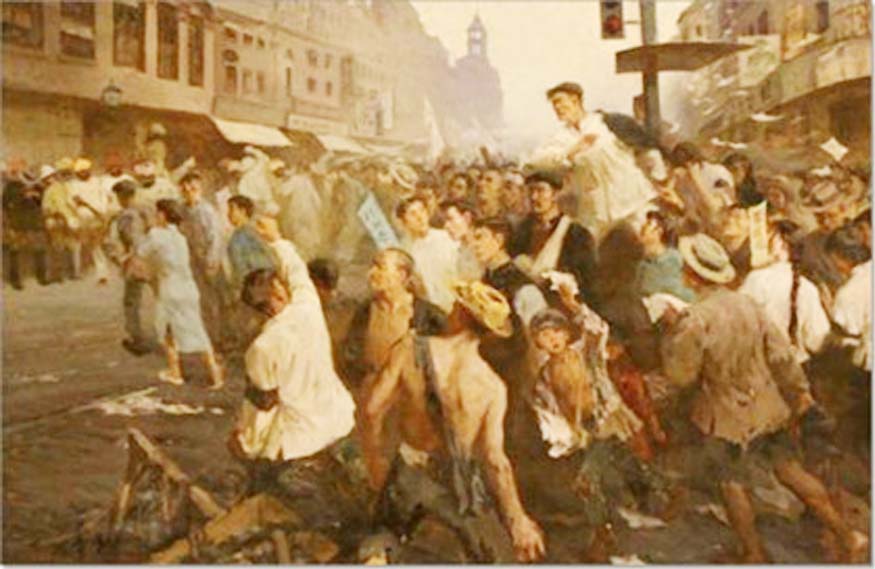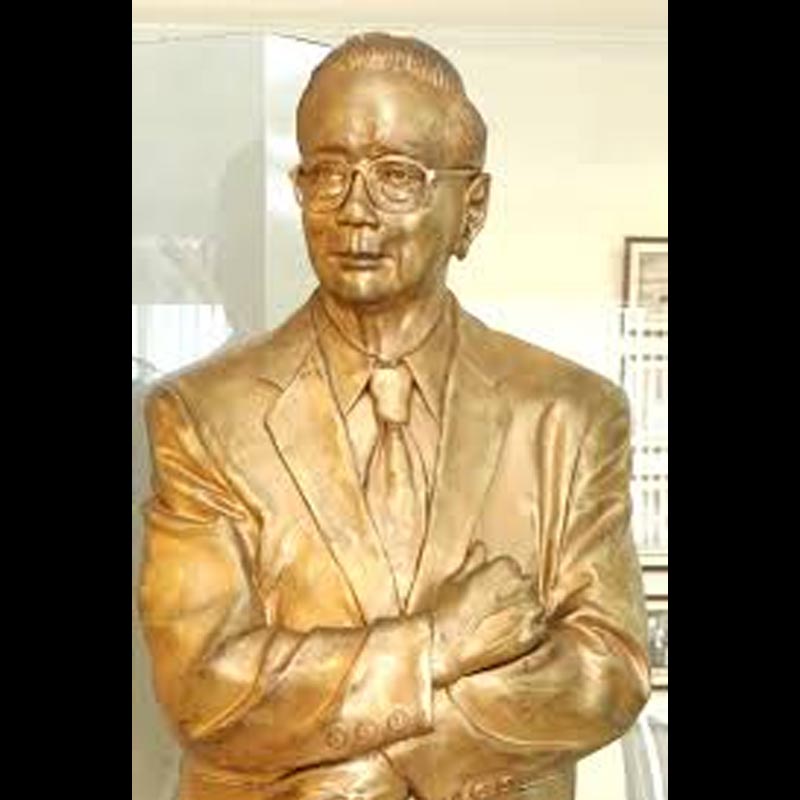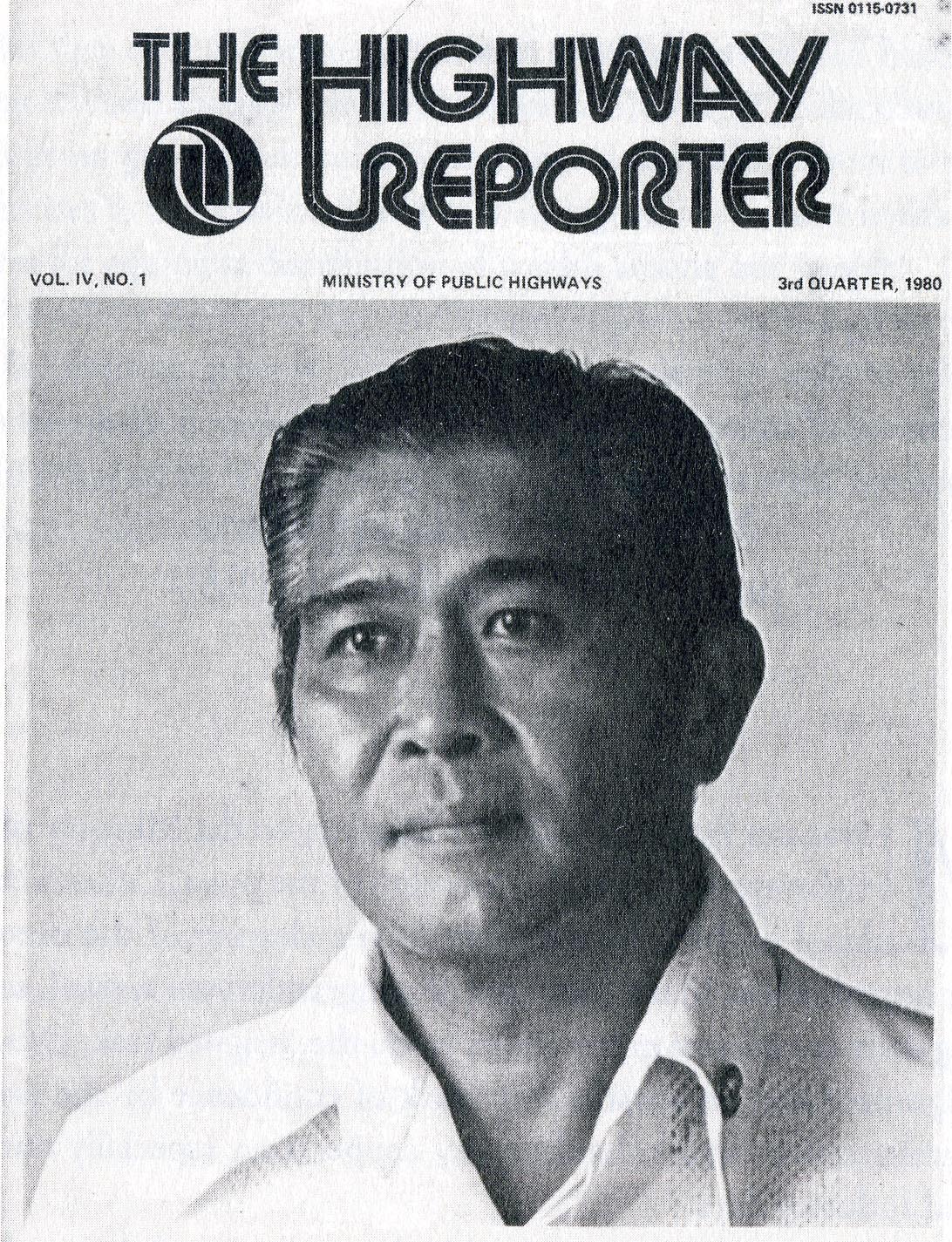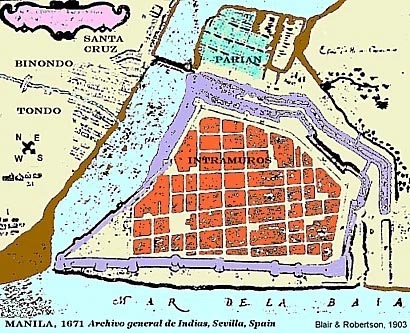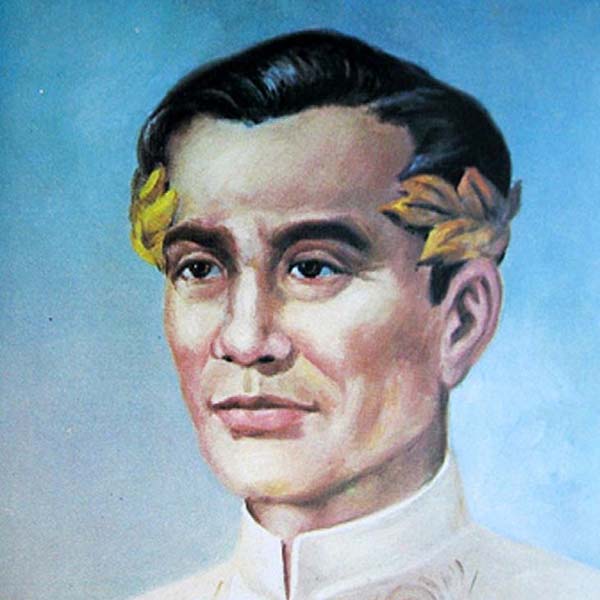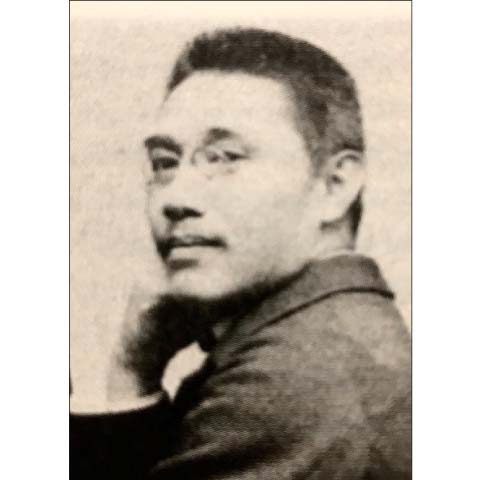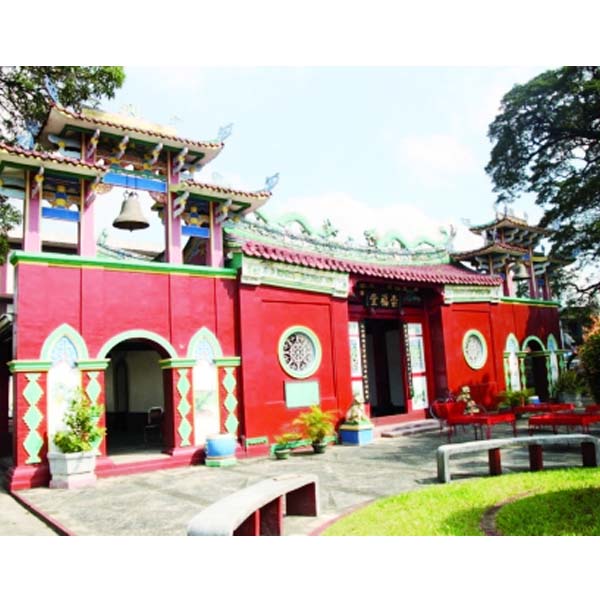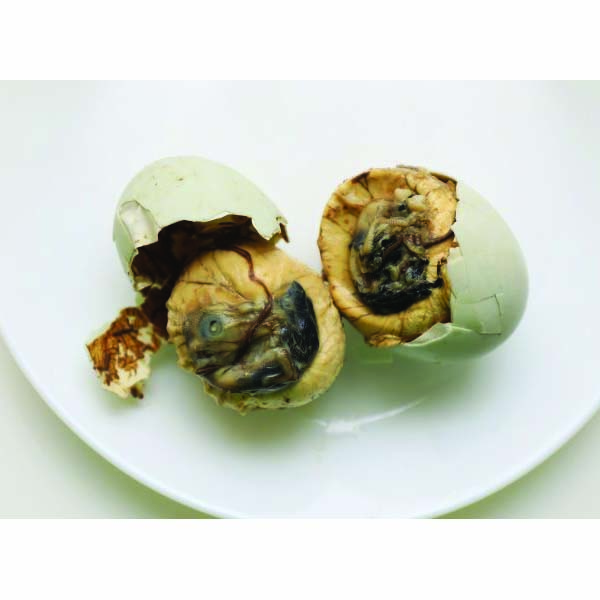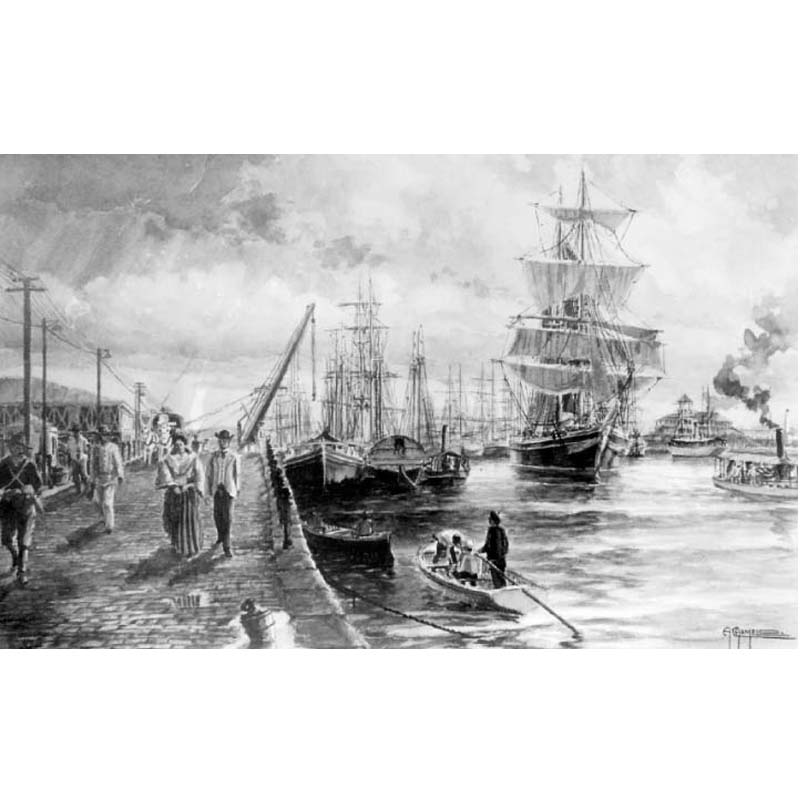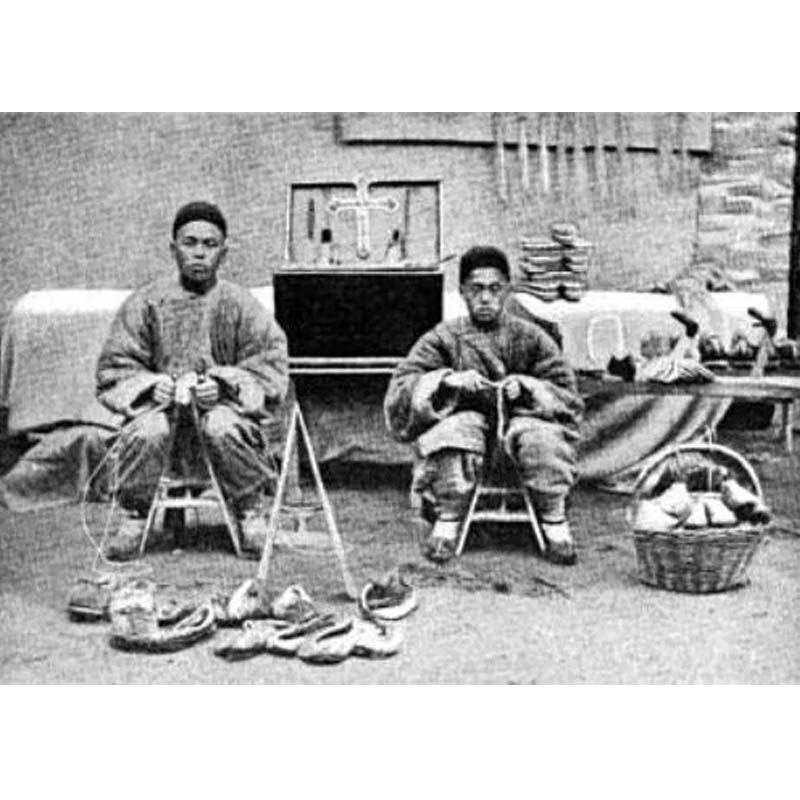The May 30th Movement (五卅運動) was a major labor and anti-imperialist movement sparked by the killing of Chinese protesters at the Shanghai International Settlement (or concession) on May 30, 1925. The protesters were demonstrating against the Japanese No. 8 Cotton Mill whose Japanese foreman shot dead Gu Zhenghong (顧正紅), a labor leader, on May 15. […]
Standing up for what is right
